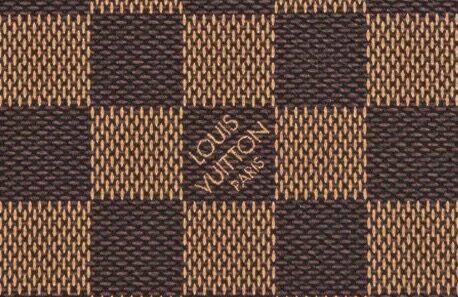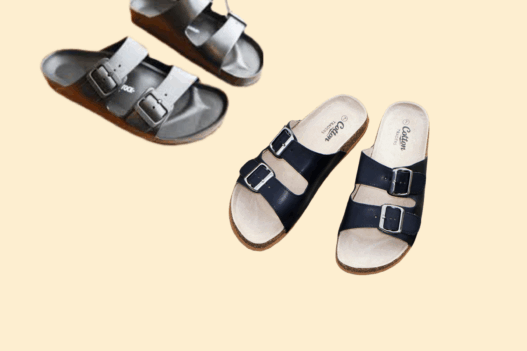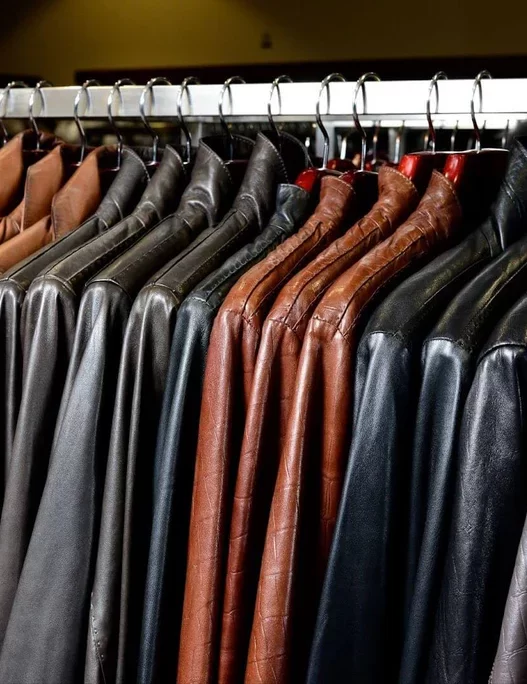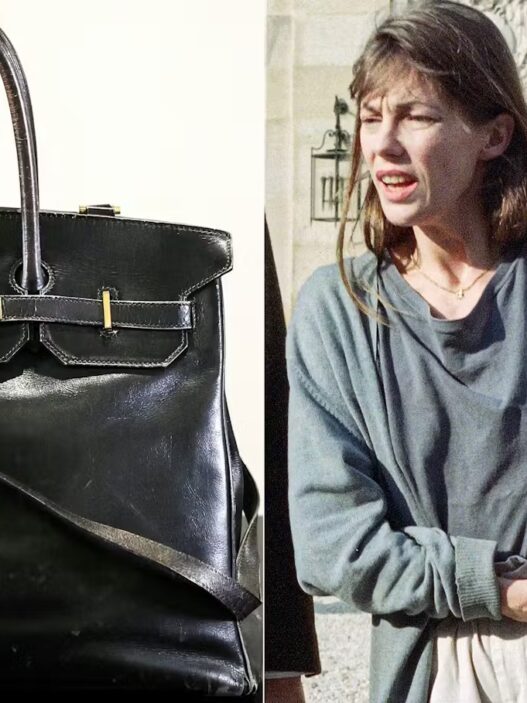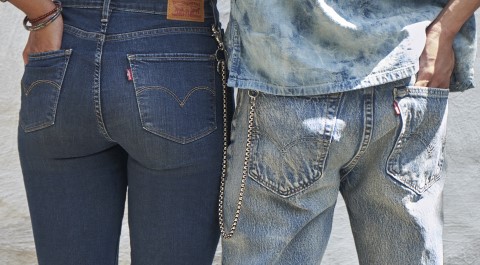Art or simply functionality?
In February 2025, the German Federal Court of Justice (the BGH) confirmed the lower court’s ruling in the Birkenstock case: Birkenstock sandals are not art. Despite becoming the go-to footwear for celebrities in paparazzi pictures and, in recent years, a staple of the coastal-girl aesthetic, the design of Birkenstock sandals was deemed too functional and therefore not protectable under copyright law.
This ruling raises essential questions within the fashion law matrix: when does fashion become a creative expression, and when is it merely a product? How do courts draw the line between art and apparel, and on which objective criteria do they rely?
Copyright vs Design
The primary intellectual property rights for protecting a fashion item are designs, copyright and trademark.
The design right protects the product’s appearance, which makes it special and unique. This can include the shape, colours, materials, and even ornamentation. These elements enhance the item’s attractiveness and contribute to its value. To be protected, a design must meet the requirements of novelty and individual character. Depending on whether the owner filed for registration, the design right can last up to 25 years. However, bear in mind that the functionality of the product can never be protected under design law.
Although more commonly associated with literary and artistic works, copyright can also serve as a valuable form of protection in fashion. It aims to protect original creations- works that reflect the author’s intellectual expression. Unlike designs, copyright is acquired automatically and lasts 70 years after the author’s death. This long and automatic protection makes it particularly attractive to designers seeking to safeguard their creative identity.
However, copyright also excludes technical or functional constraints, as these limit the creative freedom required for originality.
Despite their differences, design and copyright can coexist. Thanks to the principle of cumulation, a fashion item may benefit from both types of protection, provided the national legal conditions are satisfied. A creation may be denied copyright protection, yet it still qualifies for design protection.
Still, this overlap does not mean courts apply these protections lightly. Courts remain cautious. Granting copyright to creations that reflect everyday shapes or functional forms could lead to monopolies and restrict competition in the industry. But what makes some fashion items worthy of protection, while others are rejected? The answer lies in how the courts assess artistic value and the influence of functional constraints. Understanding how those overlapping protections are applied is essential to grasp why some designs succeed while others, like Birkenstock, do not.
The artistic value in copyright
Before the 2019 Cofemel case, which contributed to the harmonisation at the EU level regarding the criteria required to assess copyright, courts of Italy, Portugal, and Germany often set out objective indicators to determine the right to copyright. These indicators include: recognition by cultural and institutional circles of the aesthetic and artistic qualities of the work, display in museums and exhibitions, reproduction of the work in art or design magazines, the achievement of design awards, the fame of the artist, but also commercial success and the public’s willingness to pay a high price for the work.
Given the nature of fashion, rare items could benefit from such an assessment. As fashion is circular and moves forward faster every season, it is uncommon for a fashion item to last more than one or two seasons. Nevertheless, we have examples in fashion where a single item has marked an entire generation, resurfaces every winter season, and still today remains a market leader: the iconic Moon Boots.
In 2016 and again in 2021, when reassessed in a copyright case against Chiara Ferragni, the Italian court held, for the first time, that a fashion product could enjoy copyright protection. This judgement marked a turning point: until then, artistic value in fashion was subject to strict, case-by-case assessment.
The Louvre recognised the popular après-ski boot as one of the newest symbols of 20th-century design. The iconic model was exhibited and included in essential art publications on contemporary designs. This made the Court side on the universally known and appreciated artistic value of the shoe.
It’s important to recall that although Cofemel, since September 2019, established originality as the sole requirement for copyright protection across the EU, some Courts (Italy) still apply their objective criteria of artistic value, grounded in national rules. This reflects the tension in EU harmonisation and the difficulty in clearly assessing the criteria used by courts.
But even when originality is recognised, not all designs meet copyright standards. Indeed, another decisive criterion regularly defeats claims for copyright protection: functionality.
Functional constraints
As clarified in the Brompton case, when a design’s shape is dictated by technical necessity, creative freedom disappears, and with it, copyright protection.
In the fashion world, designers must show that their aesthetic choices are not simply functional but stem from personal and artistic expression.
This barrier has proved decisive in numerous cases. One of the most striking in recent years: the Birkenstock case.
In 2025, Birkenstock sought to classify its sandal as a work of applied art, eligible for copyright protection. As mentioned above, the BGH had to assess whether the Birkenstock design could be qualified as a personal intellectual creation that met the required level of originality, and whether the creative choices were constrained by functionality or were, in fact, free and creative.
Given Birkenstock’s long-standing legacy and the sandal’s original curved footbed for orthopaedic support, the company failed to show that the design was not entirely focused on physiology. Indeed, the historic association of the sandals with their therapeutic purpose outweighed the cultural reinterpretation and revival driven by Gen Z in recent years.
While Birkenstock show us the limits of creativity constrained in functionality, today’s avant-garde designers are turning technology into a medium for artistic innovation.
One question remains: with the evolution of technology, namely 3D printing, could the assessment of copyrightability be challenged? In the future, could we be confronted with more true « works of art » in the fashion industry?
A striking example of this shift is found in the work of Iris van Herpen, whose futuristic designs question the limits of fashion as applied art.
The avant-garde designs
Iris Van Herpen, the Dutch designer known for her futuristic garments created through 3D printing, embodies what fashion law will increasingly be about in the future.
Under Cofemel, there is no debate that her collection – namely, Cristallization – would be assessed as the result of free and creative choices that reflect her unique artistic vision. Her designs, already described by some as « wearable art pieces », would also likely meet the criterion of artistic value, if that were still required.
But more than that, Iris Van Herpen’s fashion-art also pushes the door open to other forms of IP protection. The sculptural silhouette could fall under copyright law; the innovative fabrication process, especially the 3D printing techniques, could be eligible for patent protection. Her work demonstrates how hybrid creations increasingly defy the traditional legal categories of intellectual property, posing a challenge in applying existing rights, but also perhaps offering an opportunity to expand them.
The real question going forward may not be whether fashion can be protected, but whether the law is willing to stretch its boundaries to protect what fashion is becoming.







